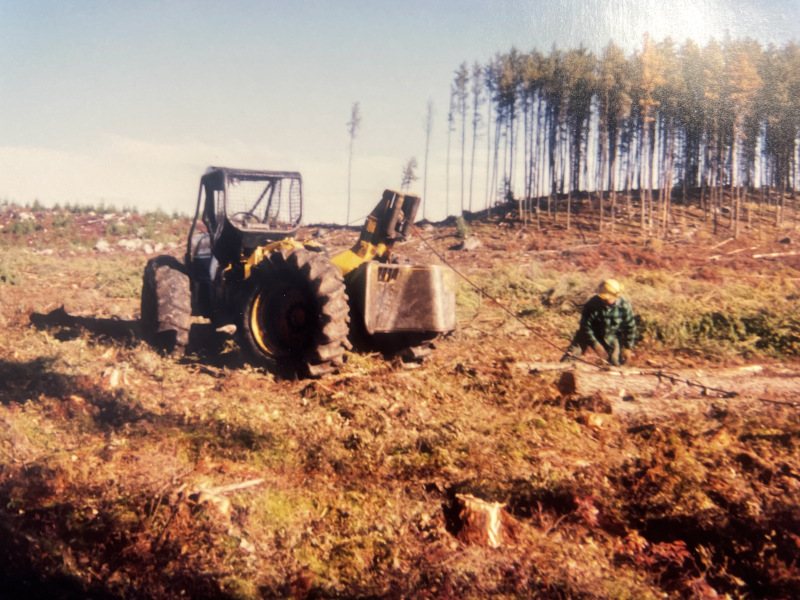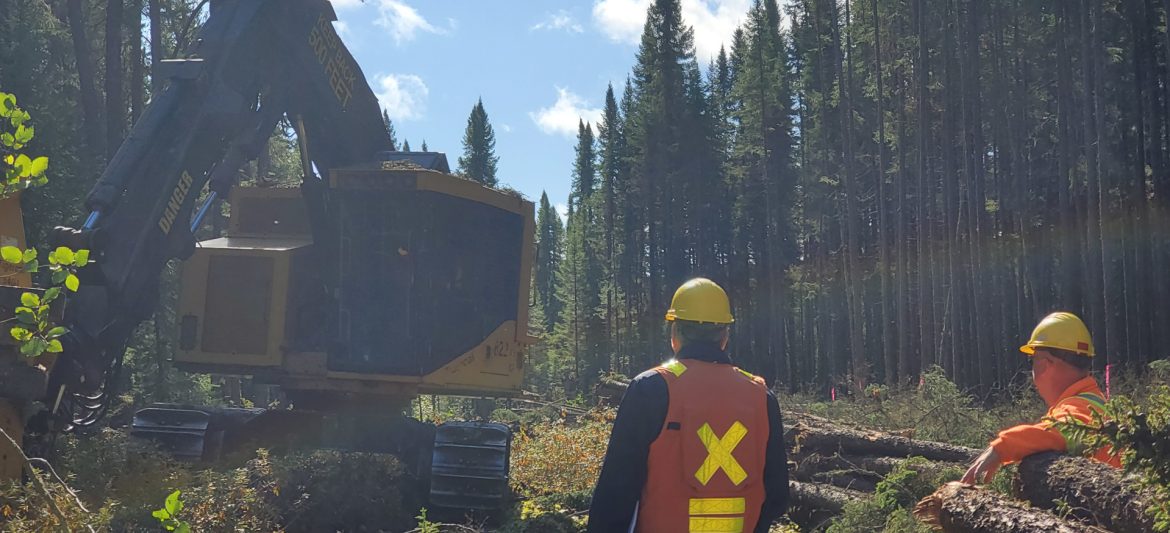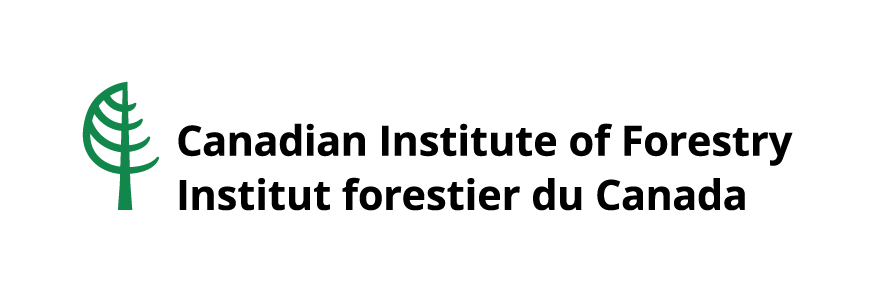Dryden Forest Management Company Ltd.
Sustaining the forest landscape
Business View Magazine interviews Steve Young, General Manager of Dryden Forest Management Co. Ltd, for our focus on Sustainable Forestry in Ontario
Nestled on the shores of Wabigoon Lake in the Kenora District of Northwestern Ontario is the town of Dryden, a small, incorporated city with a population of just under 10,000. The city is home to a thriving timber industry, with a variety of mills and pulp plants operating in the area.
With much timber harvesting occurring in the nearby Dryden Forest, there is a need for forest management – a role filled by the Dryden Forest Management Company (DFMC), ensuring all forests under its care are responsibly managed.
DFMC is committed to managing the Dryden Forest sustainably through integrating environmental, economic, and social values. These values and objectives are set out in the company’s policy charter, balancing the interests of all Dryden Forest stakeholders while ensuring a sustainable and predictable supply of quality wood fiber.
The company currently manages 136,000 hectares of Crown-managed forested land within the Dryden District, administering a forest management plan (FMP) that provides direction for forestry activities while ensuring a sustainable balance of social, economic, and environmental values.
“A group of 23 small business loggers working in the local forests started DFMC on August 21, 1997,” narrates Steve Young, General Manager at DFMC. “When the tenure system around sustainable forest licenses in Ontario was being created, they saw the formation of the forest management company as an opportunity to protect their small businesses. The concept behind the company was that it would oversee all the forest management activities, including licensing and planning, and leave the logging companies to focus on their businesses timber harvest, forest renewal and tending operations.”
The company’s formation not only covered the licensing needs of the forest but provided protection for the small businesses from larger companies that were competing in acquiring timber rights in the area. Young believes the formation of DFMC is one of the main reasons why the timber industry in the area is still mainly in the hands of individual and small-scale loggers compared to other places where larger, integrated logging companies control more of the timber industry.

DFMC’s mandate is to achieve a healthy, sustainable forest ecosystem vital to the well-being of forest-based, as well as non-forest-based, regional communities. Certified to SFI 2015-2021 Standards and Rules – Section 2: Forest Management Standards since November 26, 2009, the company conforms to a set of objectives that ensure it addresses all forest management perspectives. These objectives include forest diversity, social and economic, forest cover, and silviculture.
“For instance, we are collaborating with private landowners to reclaim farmland and put their land back into the forest landscape,” explains Young. “This one activity touches on all our objectives.” As part of the boreal forest region in the province, DFMC works with tree species native to the area like jack pine, red pine, eastern white cedar, white birch, trembling aspen, and balsam poplar. DFMC is a Planting Delivery Agent (PDA) for Forest Ontario’s 50 Million Tree Program to help reforest Ontario by turning unforested private land into new forest.
DFMC runs a lean operation, having only a handful of staff managing the company’s operations. Young points out that this lean profile also means the company does not require a lot of technological tools. However, he does add that the company is in the process of exploring emerging forest management technologies. “Although we are fairly rudimentary in terms of our business, we’re now starting to dabble with satellite imagery and some new advances in forest management technology like drones for surveying and monitoring,” says Young. “Those things are starting to become mainstream within our industry, so we’ll need to adopt them at some point.”
Today, most forest management processes use (or are in the process of adopting) sophisticated GIS and GPS technologies to monitor and analyze timberland health, improve transportation routing, track forest growth, and maintain a database of timberland changes. Other technologies that might be on the horizon for DFMC are LIDAR (Light Detection and Ranging) and the Internet of Things (IoT).
The COVID-19 pandemic did not significantly impact DFMC’s operations, although its members, primarily loggers, encountered material and labor shortages and other supply chain shocks. “We were able to maintain most of our business functions because we were deemed essential and managed to avoid the strict shutdowns that affected other industries,” says Young. “Having said that, no company went without a negative impact, and those were felt at ground level. Contractors and receiving mills experienced supply issues and trouble getting their products out to markets.”
Another pandemic effect is the significant rise in lumber prices, occasioned by high demand and limited supplies. Although this has negatively affected downstream industries like furniture and timber, Young says it has been a boon for the lumber industry because there is more demand for harvesting and renewal services.
Through its affiliate members, DFMC works with larger sawmills and pulp mills like Weyerhaeuser in Kenora, the Domtar pulp mill in Dryden, and Resolute Forest Products sawmill in Ignace, among others. According to Young, “These represent our main purchasing partners who buy from our local contractors.” In addition to lumber and pulp supplies, other company shareholders are in reforestation, while smaller ones deal in small-scale or specialty lumber production.
A significant concern for all lumber and timber industry parties is how they can access forest resources and transport them efficiently to the next step in the supply chain. “One of the biggest challenges is that we were constrained when it comes to being able to move raw wood materials during the spring season,” says Young. This season usually last 8-10 weeks.
Another challenge facing the forestry industry in Canada is a shortage of skilled labor, which has more to do with social changes than it has to do with economic changes. Young explains, “Like most traditional industries, our industry’s workforce is aging. In the past few years, we’ve seen more of the older generation decide to step away, leaving a fairly significant gap in knowledge and skilled workforce, especially in the more skilled manual jobs like trucking and heavy equipment operators.”
The labor gap has created opportunities for those with those skill sets, making it difficult for companies to retain staff who can quickly move within or between industries whenever they want. “One of our main contractors lost several key people over the winter, and it had a major effect on their operations,” shares Young. “They did not have the manpower to keep the harvesting system moving at full throttle, which created a domino effect that affected all players downstream.”

The forestry industry has various initiatives to solve these challenges in partnership with industry stakeholders like DFMC. For instance, Sustainable Forests Initiative (SFI) currently runs Project Learning Tree (PLT) Canada in partnership with forestry companies and local universities to promote the industry, from running job fairs to taking students through forestry workshops. Young notes, “Last year, we partnered with Domtar to collaborated with Lakehead University to host portions of Lakehead University’s Forestry Field Camp. Students got to experience the forest management and forest operations process, from taking what we plan in our FMP’s to implementation of operations for forest renewal to final felling and back again.”
While this mode of promoting the industry is adding enhancing students understanding of various forestry courses at the universities and colleges, Young points out that there is still a gap in how newly graduated workers transition into the workforce. “We still face a bottleneck in transitioning new workers from theoretical knowledge to practical competence where they can work in operations or operate machinery,” he explains. “We are talking with industry stakeholders on how to create a training program that solves this transition, which currently relies on workers taking time away from productive work to train new employees.”
As the company looks ahead, the future of forestry appears at a crossroads. A generational change, evolving legislation, and climate factors are forcing it to transform – something Young anticipates will require significant changes from industry players like DFMC. He shares, “We hope to see the industry involved more in forest restoration and protection of endangered species, especially from a legislation perspective. We also hope to see a lightening of the administrative burden that foresters bear in managing forests.”
Looking internally at DFMC, Young hopes the company can innovate more around growing new forests and extracting more value from fewer forested areas. He acknowledges, “The changes in the industry, spearheaded by stricter certification standards, increased public policy, and increased non-forestry demands of the public forest, indicate that we must look at the means to get more value out of less forested area. That challenge is the most exciting thing that’s around the corner for us.”
AT A GLANCE
Dryden Forest Management Company Ltd
What: SFI licensed company providing management of the Dryden Forest
Where: Dryden district in Northwestern Ontario
Website: www.drydenforest.ca
PREFERRED VENDORS
General Airspray Limited – 519-227-4091




